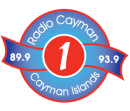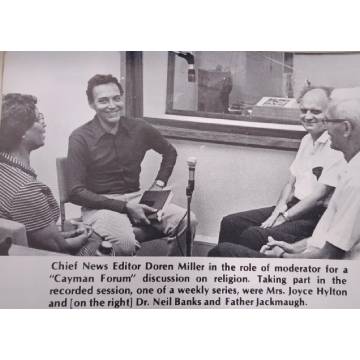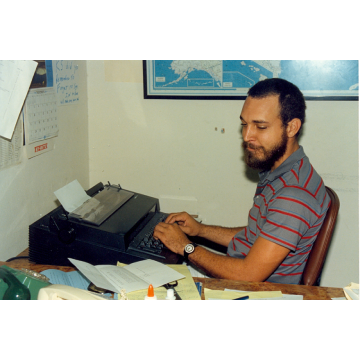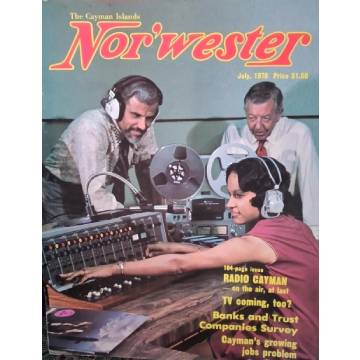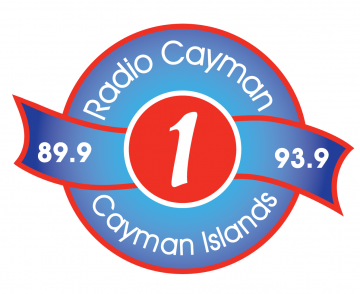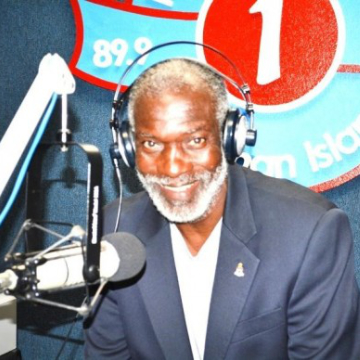News
Hurricane season increases threat to national bird
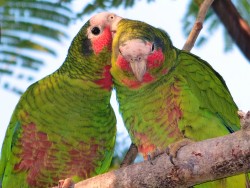
With the 2019 hurricane season now upon us, the Department of Environment (DoE) asks members of the public who are making their own preparations, to also consider the resilience of Cayman’s natural habitats and species during this storm season.
Our local ecosystems have evolved along with the threat of major hurricanes, such as 2004’s Hurricane Ivan, as well as Hurricane Paloma, which hit Cayman Brac in 2008. While these natural disasters have taken their toll, ongoing human-made impacts have also served to make certain species less resilient when storms do occur and these impacts have been seen, particularly within our local bird populations, especially to the population of our national bird, the Cayman Parrot.
Hurricanes, and even tropical storms, are generally devastating to avian populations on small islands, but DoE scientists believe that the potential risk has become worse in Cayman, in recent years, due to the annual loss of the parrots’ natural habitat, combined with the poaching of parrots.
“We lost an estimated 50-60 per cent of our parrot population during 2004’s Hurricane Ivan, and more than half of the parrots on Cayman Brac during 2008’s Hurricane Paloma,” said DoE Terrestrial Resources Unit Manager Fred Burton. “Over time, the Grand Cayman Parrots made it back to pre-Ivan levels. The Brac Parrots took about five years to recover from the effects of Paloma.”
DoE population assessments done since Hurricanes Ivan and Paloma have found that the parrots, while resilient, are now concentrated in smaller areas on both Cayman Brac and Grand Cayman. Those studies also suggest a lower number of breeding parrot pairs on both islands.
“Stresses on the population from clearing of natural habitats and also from unlawful poaching have made our Cayman Parrots less able to come back from major losses experienced during hurricanes or tropical storms,” said DoE Research Officer Jane Haakonsson, adding that Cayman Parrots are a protected species under the National Conservation Law (NCL).
Grand Cayman Parrots are now mostly restricted to the central and eastern mangroves and dry forest. On the Brac, breeding mainly occurs on the bluff and in the dry forest. Cayman Brac Parrot populations that once inhabited Little Cayman stopped breeding following the disastrous 1932 storm, which largely destroyed their breeding grounds. The Brac Parrot’s home range is now among the most limited of any Amazon parrot subspecies in the world.
Mr. Burton said Cayman has not been required to adopt captive breeding measures in attempts to boost its local parrot population, as has occurred in Puerto Rico, where hundreds of thousands of dollars have been spent preserving the local species. Puerto Rico managed to reestablish some of its parrot populations earlier in the decade, only to have the species depleted again following 2017’s Hurricanes Irma and Maria.
“Puerto Rico lost a huge number of its re-established native parrots during the 2017 storms,” said Jafet Vélez, wildlife biologist at the Puerto Rican Parrot Recovery Program. “The captive breeding efforts needed to support the remaining population are both expensive and time-consuming. It is far better, in the Cayman Islands situation, to conserve what natural habitats remain and try to curb such issues as poaching of the birds.”
“We certainly don’t want the added expense some other countries have incurred trying to protect their indigenous wildlife via captive breeding efforts,” Minister for Environment, Hon. Dwayne Seymour said. “Let’s ensure Cayman Parrots can safely remain in their natural habitat.”
For more information about Cayman Parrots, conservation efforts and what you can do to help, please contact DoE Public Education and Outreach Officer Brent Fuller via email at brent.fuller@gov.ky or via phone 244-5984/922-5514. Please check out the DoE website for further information on our local bird species: http://doe.ky/terrestrial/animals/birds/bird-guide/
